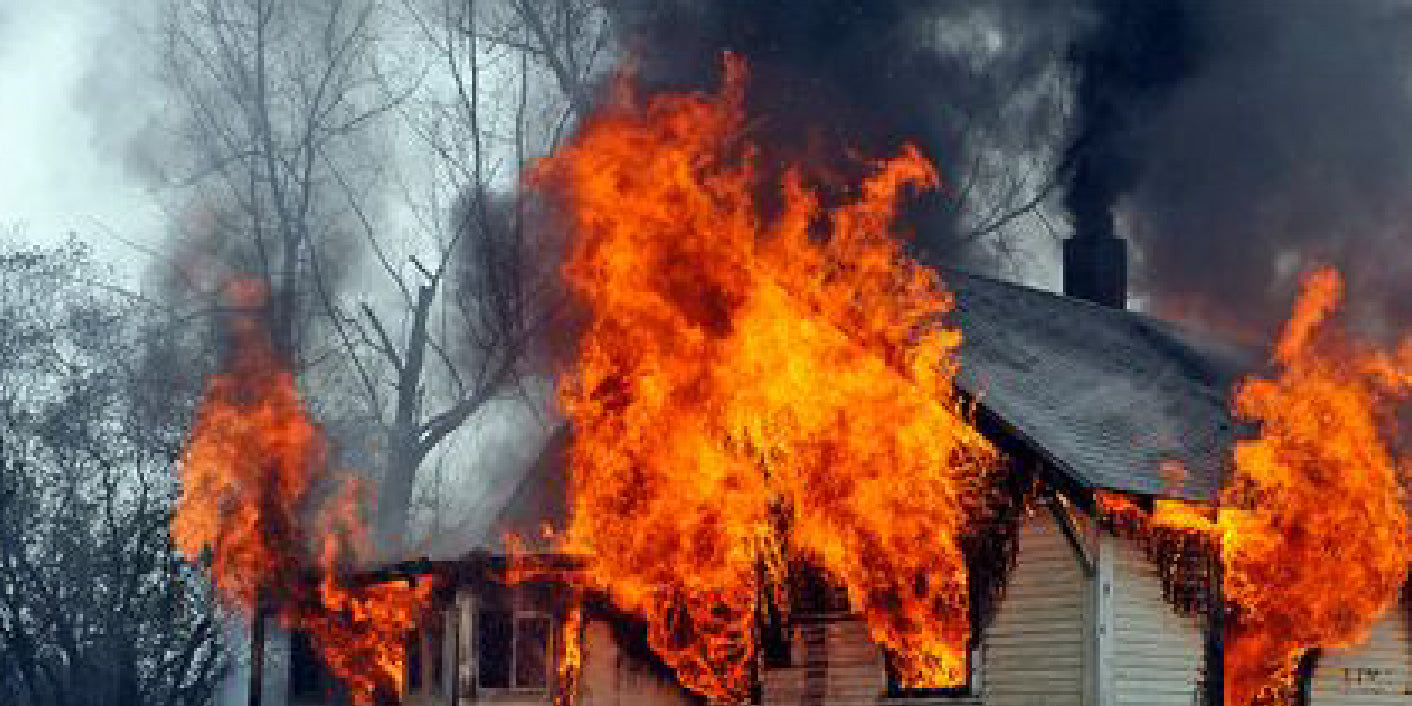Available for purchase in the USA
US

Fire blankets are crucial safety tools in both residential and commercial settings, designed to extinguish small fires or wrap around a person in a fire incident. The effectiveness of a fire blanket greatly depends on its material composition, which can affect its performance under various conditions. This blog explores the common materials used in fire blankets, their advantages, disadvantages, and how to choose the right one for your needs.

Manufacturing and Properties: Glass fiber is made from fine fibers of glass and is one of the most common materials used for fire blankets due to its fire resistance. Advantages:
Disadvantages:
Modified Effects of Silicone: The addition of silicone enhances the glass fiber, making it more suitable for a range of applications. Advantages:
Disadvantages:

Historical Use and Phase-Out: Historically, asbestos was a popular material for fire blankets due to its excellent heat resistance. However, its health risks, including cancer, have led to its phase-out. Advantages:
Disadvantages:

Introduction to New Materials like Carbon Fiber: Innovations in materials science have introduced carbon felt, a lightweight and highly efficient material for fire blankets. Advantages:
Disadvantages:
Selecting the appropriate fire blanket material involves understanding the specific environments and hazards present. Glass fiber blankets are suitable for general home use, while silicone-coated variants are better in humid conditions. For industrial settings where extremely high temperatures are common, carbon felt may be the most effective despite its higher cost.
Proper handling and maintenance are key to ensuring the effectiveness and longevity of a fire blanket. It is crucial to follow these steps:
Choosing the right material for a fire blanket is vital for ensuring safety in fire emergencies. By understanding the properties and applications of different materials, users can make informed decisions tailored to their specific needs. Remember, the right fire blanket, used correctly, can be a life-saving tool.
Leave a comment